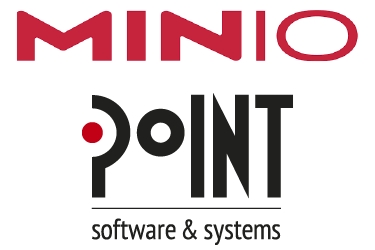PoINT Storage Manager (PSM) is a file-based tiering and archiving solution. It works with the standard protocols SMB and NFS. In certain application scenarios it can be interesting to provide all advantages of PSM also via an S3 API. Thus, for example, tape libraries or optical systems can be accessed as target storage via an S3 API. Especially for existing customers this is an interesting aspect to include further applications in a central archiving platform. To realize this, PSM can easily be extended by the open source object storage MinIO, i.e. PSM runs in the MinIO backend.
This approach has to be distinguished from PoINT Archival Gateway. PoINT Archival Gateway is a native tape-based S3 object store, which is designed for very high data volumes and throughputs and especially supports functions like erasure coding.
The name origin of MinIO lies in minimalism, which is reflected in the easy installation and operation. With just a few PowerShell commands, a directory is provided for MinIO, and the actual software is downloaded and started.
New-Item -Path c:\minio -ItemType directory
Invoke-WebRequest -Uri “https://dl.min.io/server/minio/release/windows-amd64/minio.exe” -OutFile “C:\minio\minio.exe”
C:\minio\minio.exe server C:\minio\data –console-address localhost:9001
The first S3 requests can then be sent to MinIO using an S3 client such as the AWS CLI. MinIO also offers a so-called Console as Web GUI, which was used below to explain the most important configuration steps as an example.
Login to the Web-based MinIO Console:
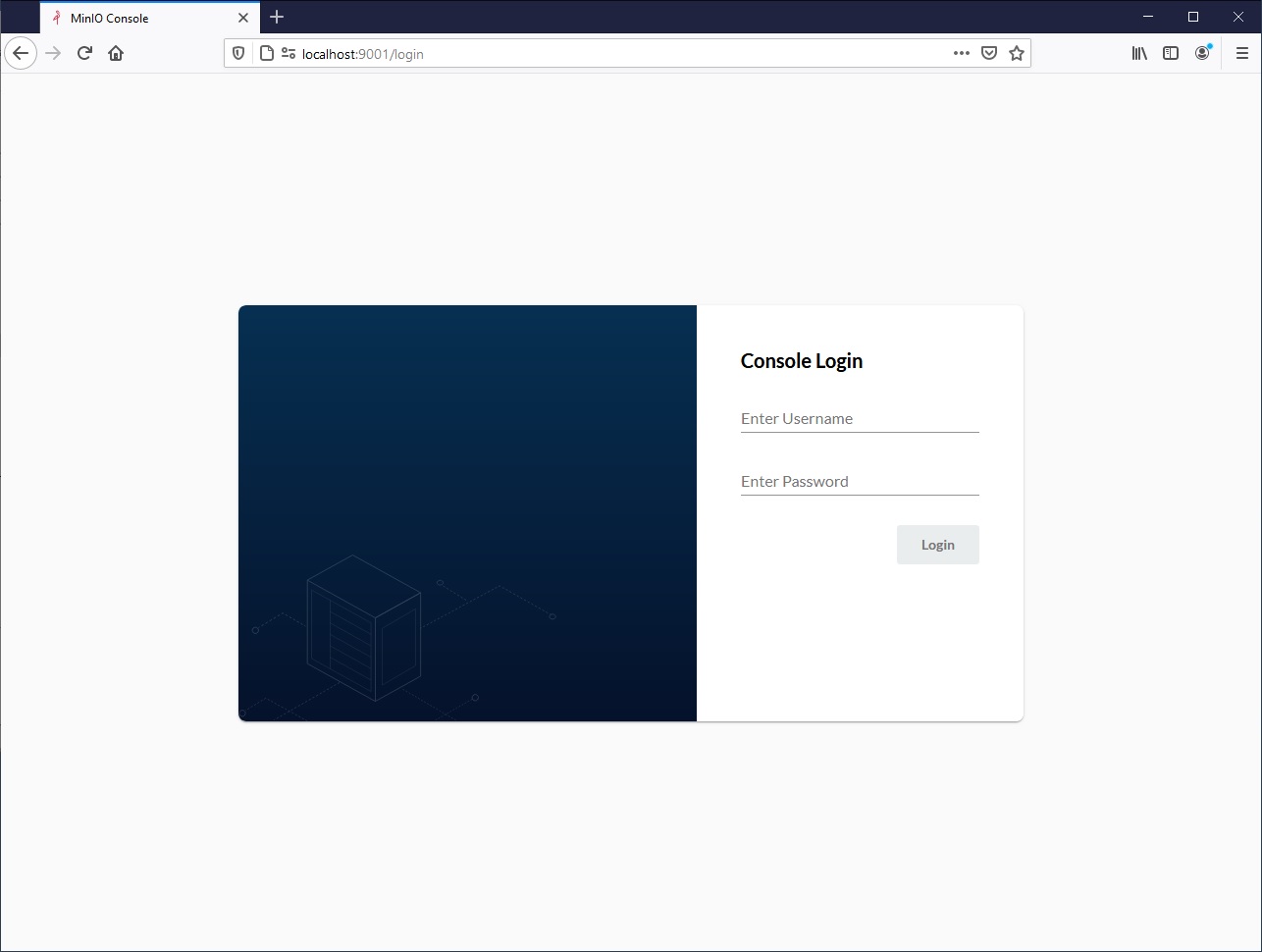
An S3 bucket can be created quickly with just a few specifications.
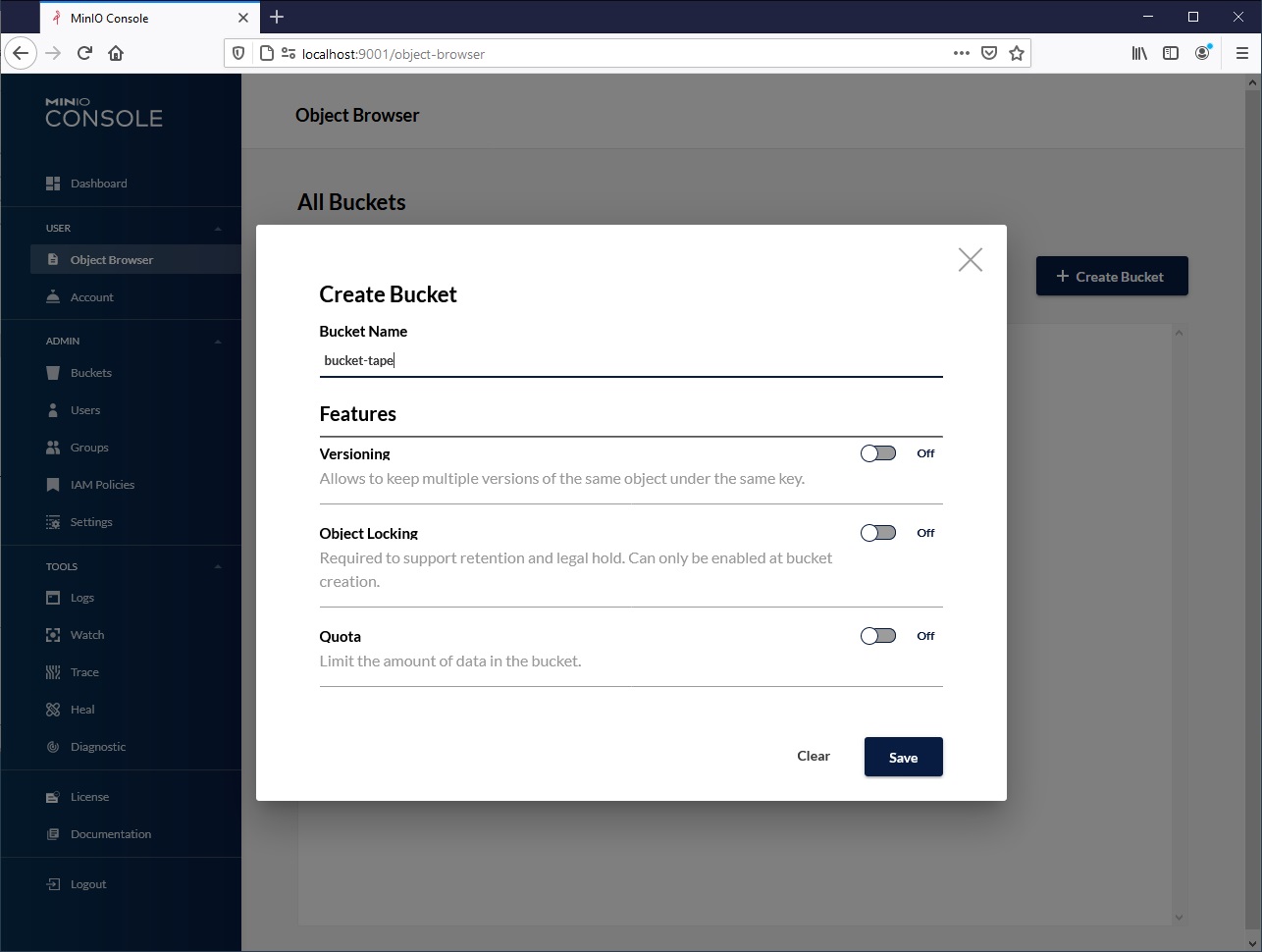
Objects can then be placed in the new bucket.
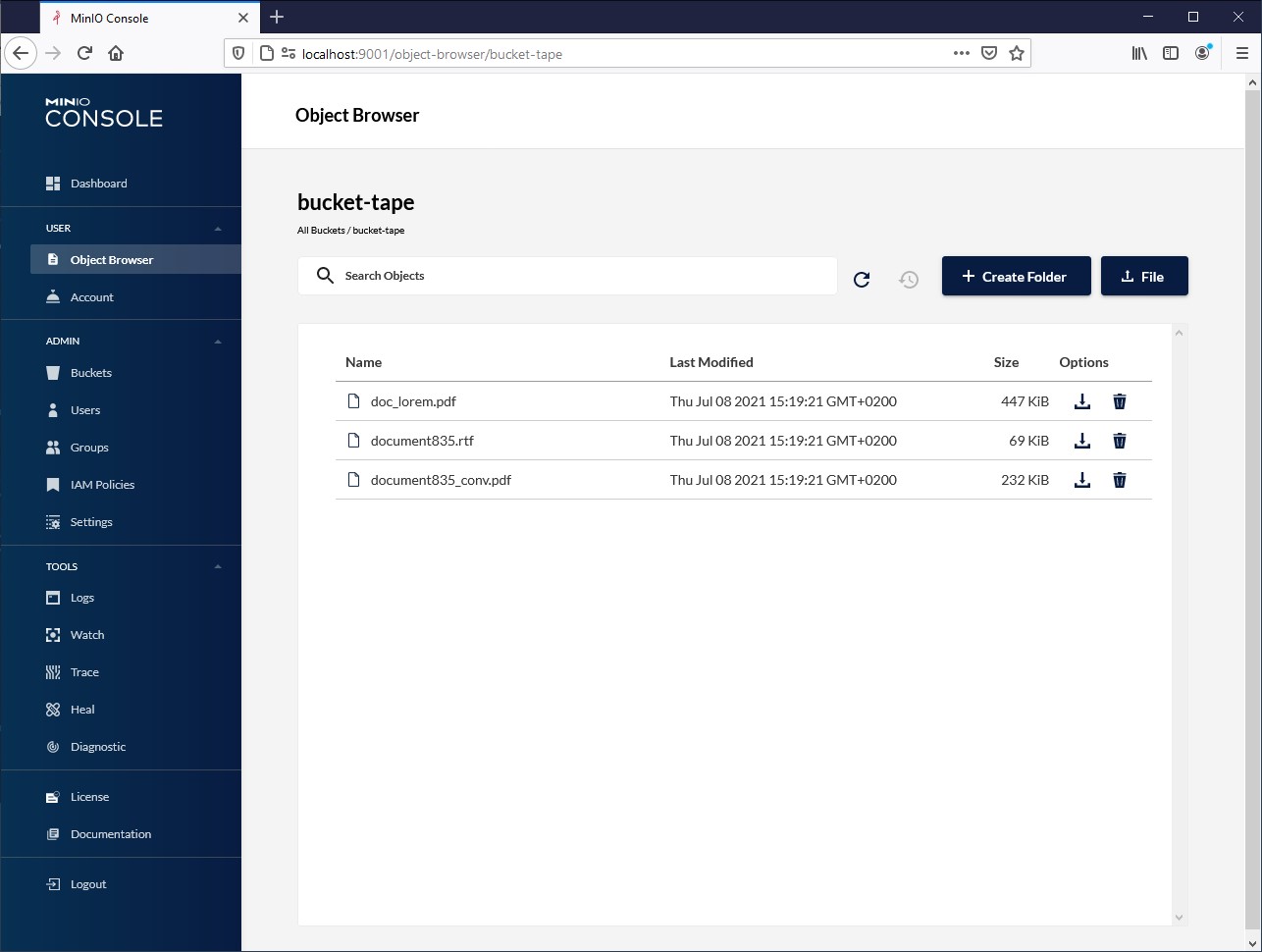
In the file system used by MinIO, an S3 bucket is reflected as a folder. In our case in the directory C:\minio\data\bucket-tape.

To store the objects e.g. on tape, a Storage Vault of type PoINT TAFS is created in PoINT Storage Manager.
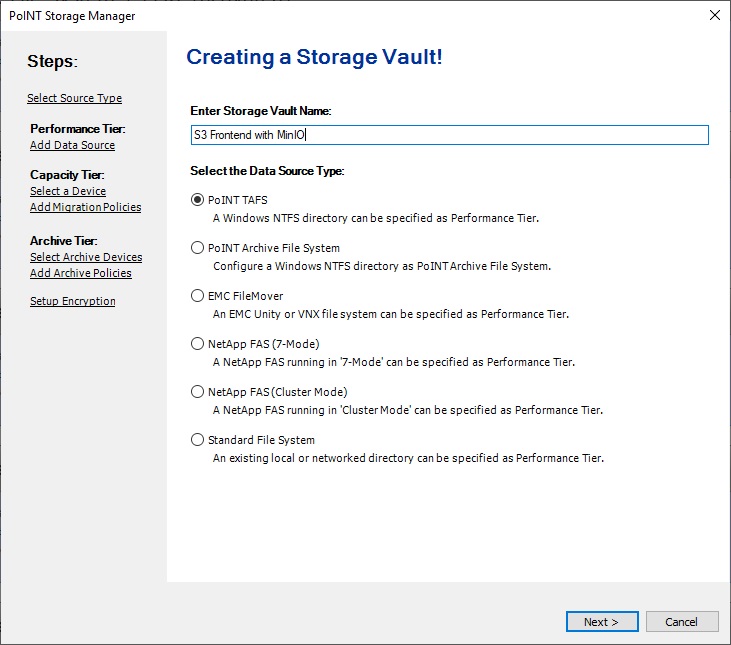
In the further configuration, the MinIO Data directory is selected as the source.
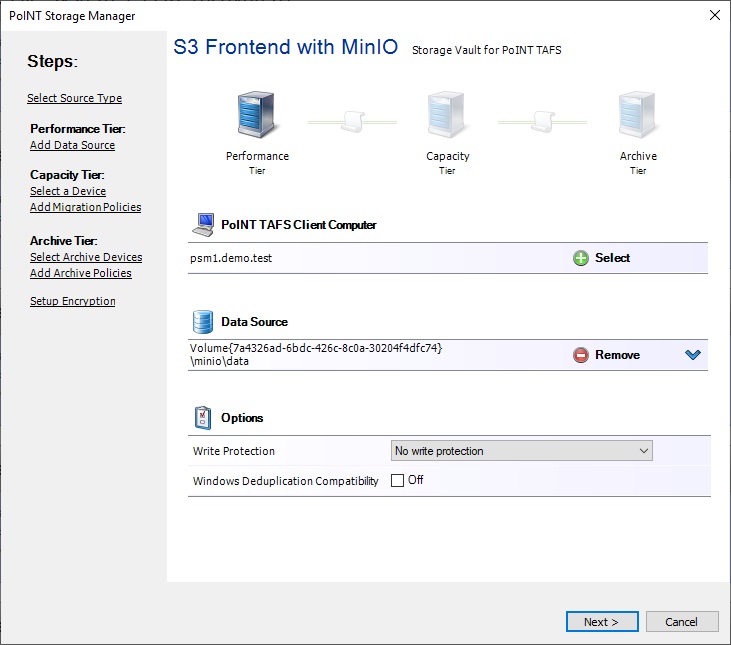
It is recommended to archive all data, but to replace only the actual objects with stubs. This must be considered when configuring the set of rules. This way, all metadata will always remain on the fast disk system. In our example, we therefore add a skip policy before the purge policy to exclude the contents of the “.minio.sys” folder from the stubbing process.
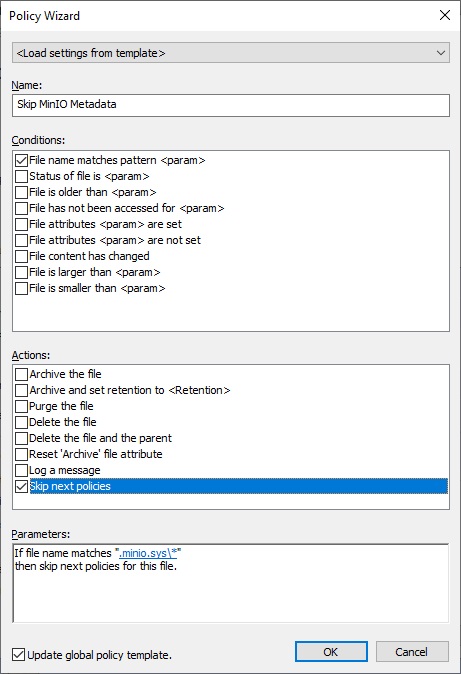
Once the required archive device, e.g. a connected tape library, has been selected and the Storage Vault configuration has been completed, the results are shown after the first run of an archiving job: The objects or files in the folder representing the S3 bucket via MinIO have been replaced by transparent and space-saving stubs. In the explorer, this can be easily recognized by the slightly changed icon.

If relocated objects are retrieved via S3 API or MinIO GUI, PSM provides transparent access and makes them available again from the respective archive storage for the MinIO File System.
In combination with MinIO, the PoINT Archive File System can be used as an alternative to a PoINT TAFS Storage Vault, whose archiving process runs by schedule, which provides instant archiving of new objects.
The lean approach of MinIO allows a fast and easy extension of PoINT Storage Manager by an S3 interface. This combination is especially interesting if the archiving functions of PoINT Storage Manager are required or storage media are used which are not actually offered in object storages, e.g. optical libraries.
By the way, MinIO can easily be operated as a Windows service by NSSM.

